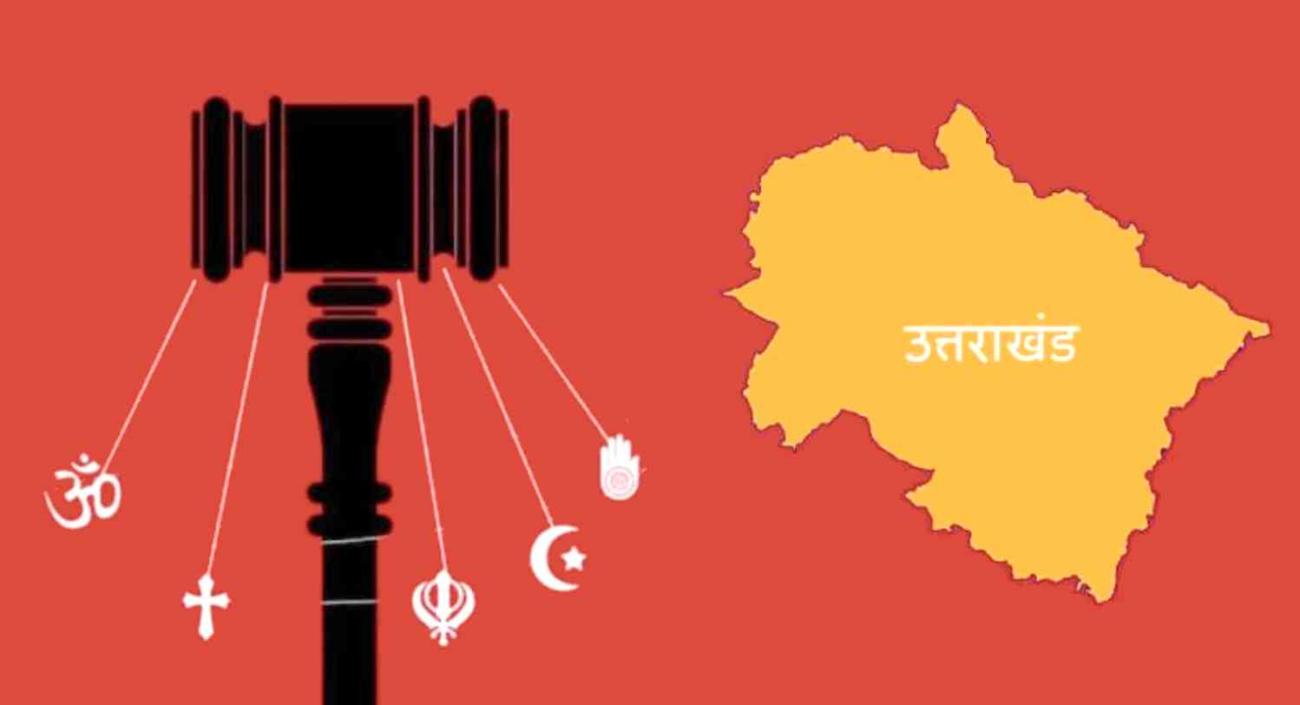India has lagged behind in improving its GHI score despite strong economic growth. After a small increase between 1996 and 2001, Indias GHI score fell only slightly, and the latest GHI returned to about the 1996 level, as the above graph shows. This stagnation in GHI scores occurred during a period when Indias gross national income (GNI) per capita almost doubled, rising from about 1,460 to 2,850 constant 2005 international dollars between 199597 and 200810 (World Bank 2012).
When comparing GHI scores with GNI per capita, it must be emphasized that Indias latest GHI score is based partly on outdated data: although it includes relatively recent child mortality data from 2010, FAOs most recent data on undernourishment are for 200608, and Indias latest available nationally representative data on child underweight were collected in 200506. Given that the Government of India has failed to monitor national trends in child undernutrition for more than six years, any recent progress in the fight against child undernutrition cannot be taken into account by the 2012 GHI.
Nonetheless, even bearing in mind that possible recent advances in the fight against child undernutrition are not yet visible in the latest GHI, Indias track record is disappointing. Generally, higher incomes are associated with less hunger....
Between 1990 and 1996, Indias trend line moved in parallel with the predicted line, indicating that its GHI score was falling commensurate with economic growth. After 1996, however, the disparity between economic development and progress in the fight against hunger widened, and India moved further away from the predicted line.
In two other South Asian countries�Bangladesh and Sri Lanka�GHI scores were also higher than expected but decreased almost proportionally with GNI per capita growth.... China has lower GHI scores than predicted from its level of economic development. It lowered its levels of hunger and undernutrition through a strong commitment to poverty reduction, nutrition and health interventions, and improved access to safe water, sanitation, and education. Brazil successfully implemented targeted social programs (von Braun, Ruel, and Gulati 2008). Since 1992, Mozambique has been recovering from a long-lasting civil war and has witnessed economic growth and poverty reduction (van den Boom 2011), coupled with hunger reduction: all three components of the GHI improved since 1990....
In India, 43.5 percent of children under five are underweight (WHO 2012, based on the 200506 National Family Health Survey [IIPS and Macro International 2007]): this rate accounts for almost two-thirds of the countrys alarmingly high GHI score. According to the latest data on child undernutrition, from 200510, India ranked second to last on child underweight out of 129 countries� below Ethiopia, Niger, Nepal, and Bangladesh.
Only Timor-Leste had a higher rate of underweight children. By comparison, only 23 percent of children are underweight in Sub-Saharan Africa (although India has a lower proportion of undernourished in the population than Sub-Saharan Africa2). It must be emphasized that child undernutrition is not simply the outcome of a lack of food in the household. There are many other potential causes, such as lack of essential vitamins and minerals in the diet, improper caring and feeding practices, or frequent infections, which often result from inadequate health services or unsanitary environments.
Womens low status in India and other parts of South Asia contributes to childrens poor nutritional outcomes in the region because childrens development and mothers well-being are closely linked: womens poor nutritional status, low education, and low social status undermine their ability to give birth to well-nourished babies and to adequately feed and care for their children (von Grebmer et al. 2010). According to surveys during 200006, 36 percent of Indian women of childbearing age were underweight, compared with only 16 percent in 23 Sub-Saharan African countries (Deaton and Drèze 2009).
... Bangladesh, India, and Timor-Leste have the highest prevalence of underweight in children under five� more than 40 percent in all three countries.�





